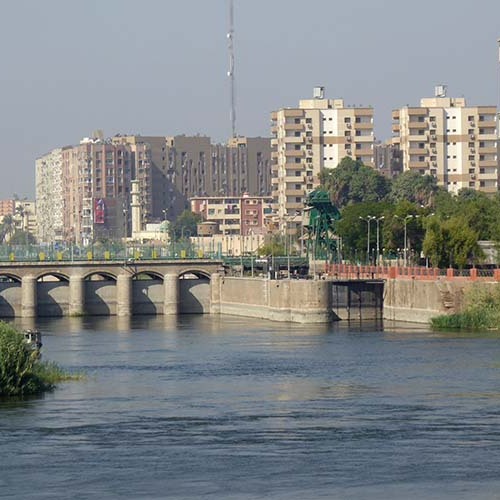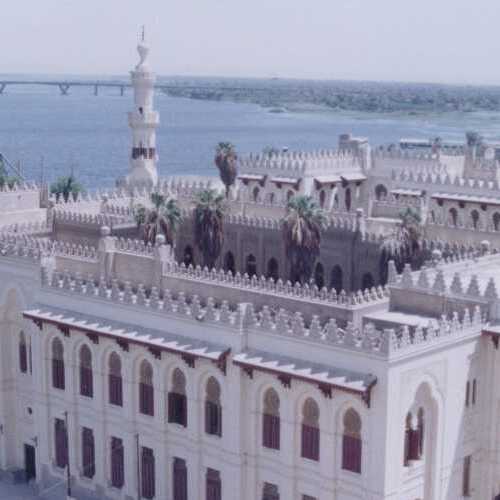The Necropolis of Meir
About The Temple
The Necropolis of Meir, located near the modern town of el-Qusiya, about 50km northwest of Asyut, holds significant historical and archaeological value. Meir, historically linked with the ancient city of Qis, was the burial ground for the nomarchs, the provincial rulers of the region, during the Old and Middle Kingdoms of ancient Egypt. This necropolis offers a unique glimpse into the life and customs of Egypt’s regional rulers and their families.
Key Features of the Necropolis at MeirMeir
- Location and Historical Significance: Meir served as the necropolis for the 14th Upper Egyptian nome’s capital, Qis, and contains tombs dating from Dynasty VI and Dynasty XII.
- Archaeological Research: Initial studies and excavations were conducted by Aylward Blackman and Sayed Pasha Kabasha in the early 20th century. These tombs are characterized by their naturalistic painted scenes depicting daily life and local styles.
- Tomb of Niankh-hpepy (Meir A-1): This tomb belongs to Niankh-hpepy, also known as ‘Hepi the Black’, a Chancellor of Pepi I during Dynasty VI. It contains detailed scenes of daily life and religious rituals.
- Tomb of Pepyankh (Meir A-2): The son of Niankh-hpepy, Pepyankh’s tomb depicts various industries and harvesting scenes. It also includes a palanquin scene featuring Pepyankh with his pet dog and monkey.
- Tomb of Senbi (Meir B-1): Dating from Dynasty XII, Senbi’s tomb contains well-preserved scenes of hunting, offering rituals, and manufacturing processes.
- Tomb of Ukhhotep (Meir B-2 and B-4): These tombs of two different individuals named Ukhhotep showcase the lifestyle and responsibilities of the nomarchs. They feature hunting scenes, family portraits, and vivid wildlife depictions.
Restoration and Accessibility
- Restoration work began in 1997 to preserve the vibrant colors and integrity of the tomb reliefs. Nine of the planned seventeen tombs are currently open to visitors.
- New facilities, including stairways, a coffee shop, and restrooms, have been added for the convenience of tourists.
Artifacts and Displays
- Artifacts from the tombs, including a limestone statue of Pepyankh, were initially taken abroad but some have been returned and are now displayed in the Mallawi Museum.
Cultural and Historical Insights
- The tombs at Meir are valuable for understanding the socio-political and cultural life of the provincial rulers in ancient Egypt.
- The scenes depicted in the tombs provide insights into the daily activities, religious beliefs, and artistic styles prevalent during the Old and Middle Kingdoms.
Conclusion
The Necropolis of Meir stands as a testament to the rich and complex history of ancient Egypt. Its well-preserved tombs offer a rare and detailed view into the lives of the provincial elite, their families, and their roles in society. For historians, archaeologists, and tourists alike, Meir offers a compelling journey into Egypt’s ancient pas
Created On May 4, 2020
Updated On January 26, 2024



